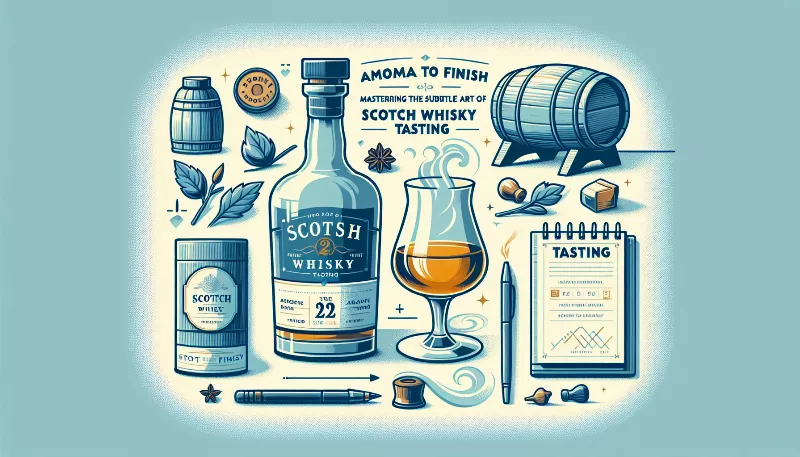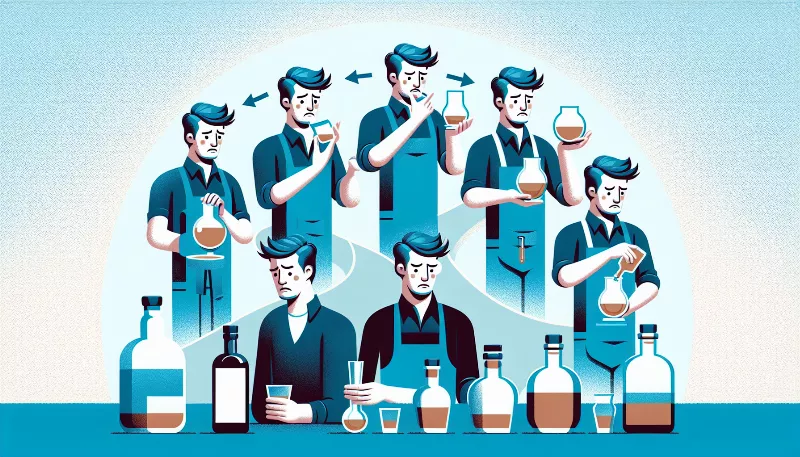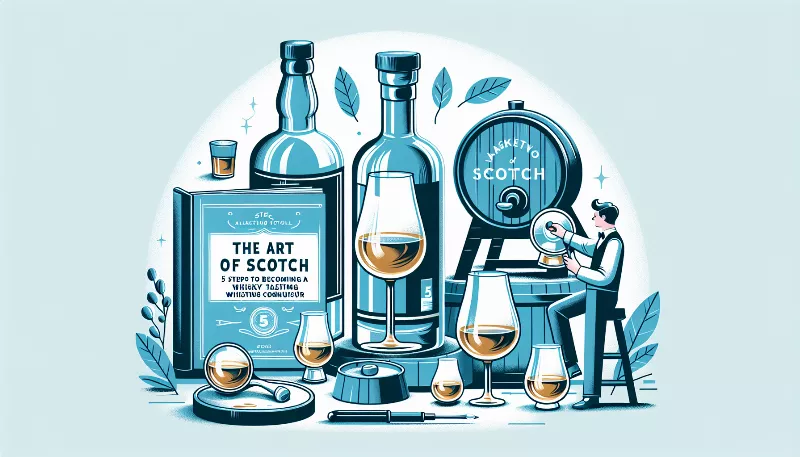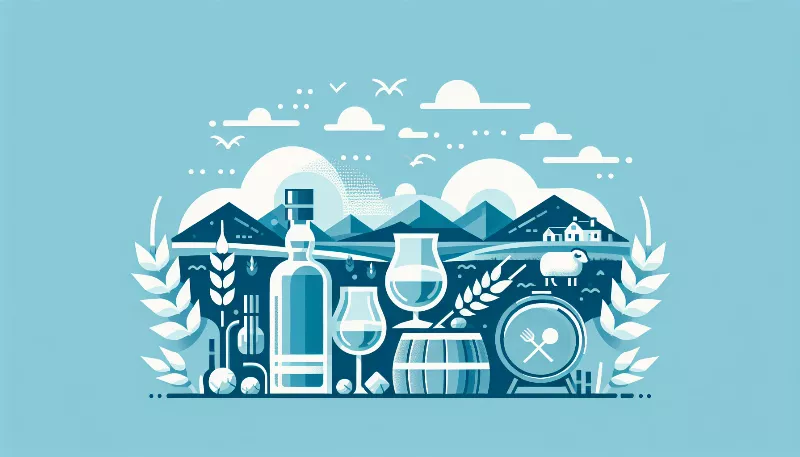Aged to Perfection: The Step-by-Step Guide to Scotch Whisky Production
Unlock the secrets of Scotch with our expert guide! Learn the art of whisky making from distillation to aging for a perfect sip every time.
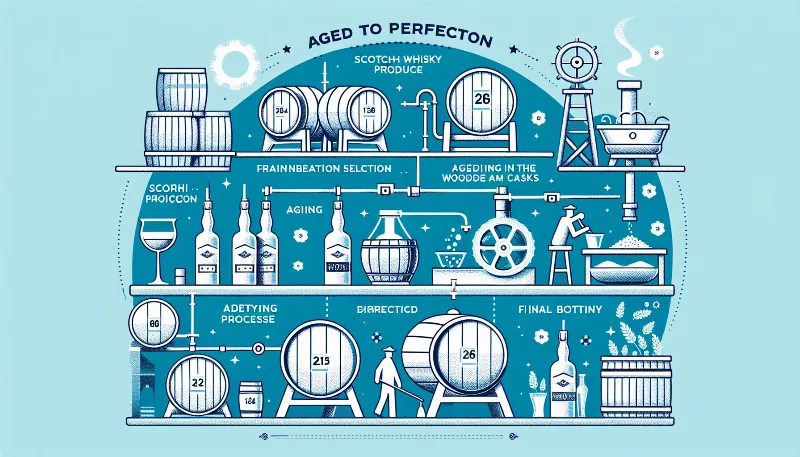
Aged to Perfection: The Step-by-Step Guide to Scotch Whisky Production
Embark on a spirited journey through the time-honored tradition of Scotch whisky production! This liquid gold, hailing from the rugged landscapes of Scotland, is not just a beverage; it's a craft steeped in history and meticulous processes. Let's unravel the secrets behind the amber nectar that has captivated connoisseurs and casual sippers alike.
The Birthplace of Whisky
Scotland's natural bounty provides the perfect canvas for whisky creation. The country's crystal-clear waters, peat-rich soil, and cool climate contribute to the unique characteristics of Scotch whisky. Each region, from the smoky Islay malts to the fruity Speyside offerings, imparts its signature touch to the final product.
Malted Marvels: The Importance of Barley
The journey begins with barley, the cornerstone of Scotch whisky. This humble grain undergoes a transformation through malting, where it's soaked in water and allowed to germinate. The germination is halted by drying the barley with hot air, often infused with peat smoke, adding complexity to the flavor profile.
The Mash Dance
Next, the malted barley is ground into grist and mixed with hot water in a mash tun. This 'mash dance' converts the starches into fermentable sugars, creating a sweet liquid known as wort. The wort is then drained, leaving behind the spent grains, which often find new life as farm animal feed.
Fermentation Fervor
The wort is transferred to large vessels called washbacks, where yeast is introduced. The fermentation frenzy begins, with the yeast feasting on the sugars and producing alcohol and carbon dioxide. After several days, the result is a lively, beer-like liquid called 'wash,' with an alcohol content around 7-8% ABV.
The Distillation Distinction
Distillation is where the magic happens. The wash is heated in copper pot stills, where it undergoes two rounds of distillation. The shape of the stills and the skill of the distiller are crucial in defining the spirit's character. Only the 'heart' cut makes it into casks for maturation, while the 'heads' and 'tails' are often redistilled.
Maturation Mastery
Scotch whisky must slumber in oak casks for a minimum of three years, but many rest much longer. During this time, the spirit mellows and takes on flavors from the wood, such as vanilla, caramel, or spice. The interaction with the cask is essential, and some whiskies are even finished in barrels that previously held sherry, port, or wine, adding layers of complexity.
Bottling the Bounty
After maturation, the whisky is often blended with other casks to achieve the desired flavor profile. It's then diluted to bottling strength, filtered, and poured into bottles that will carry it to the four corners of the globe. Each bottle is a testament to the artistry and heritage of Scotch whisky production.
From the selection of barley to the silent slumber in oak casks, every step in the production of Scotch whisky is a testament to the dedication and craftsmanship of the distillers. This guide has taken you through the meticulous process that ensures each sip is a celebration of flavor, tradition, and the passage of time. Slàinte mhath!






